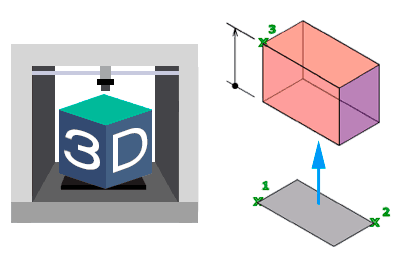We continue with the section of 3D design and printing, looking at the operations available in CAD software.
Throughout the section, we have seen that there are different ways to represent objects in 3D, as well as different types of 3D design software. We already said that, although it is not the only type, in many cases we would use CAD software.
So, in the previous post, we spent some time looking at the generalities of CAD software. In this post, it is our turn to delve a little deeper and see the 3D operations available in CAD software.
As usual, we are not going to focus on any particular CAD software. Because we don’t want to learn a CAD software, but to learn to draw.
This way, we can switch from one CAD software to another quickly, and it will only be a matter of “where is this icon” or “how to do this here”. But we will know exactly what we want and can do.
Therefore, let’s see the 3D design operations available in CAD software. And indeed, these operations are the same in different CAD software because they are “given” by the mathematics on which they are based.
So it is convenient that you know them, know what options they have, when and where we can use them, and learn when it is most convenient to use one or the other.
Extrusion
Probably the most basic and common operation in any CAD software. Extrusion generates a volume contained by a closed shape when displaced a distance according to the normal (perpendicular) to the plane containing the shape.
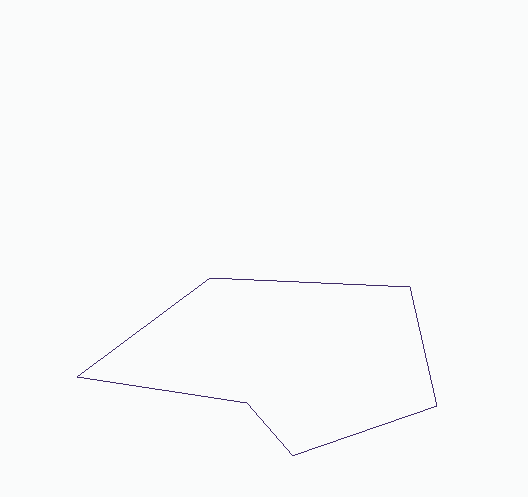
Extrusion is, in many cases, the 3D operation that we will use most often. In its additive form, it allows generating shapes from simple forms, such as prisms and cylinders, to more complex solids (depending on the form used). In its subtractive version, an extrusion can be referred to as holes or voids.
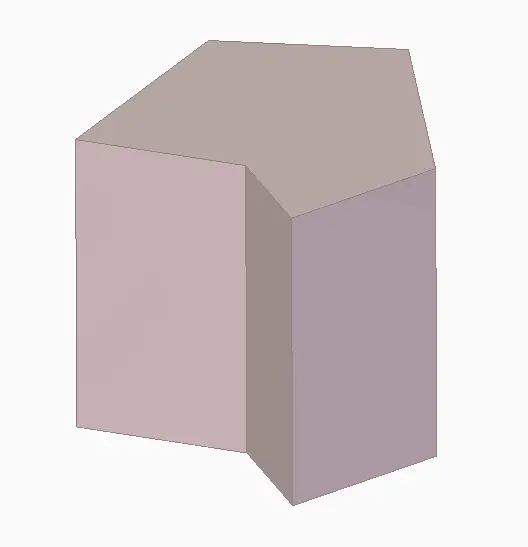
A common option is to add an angle to the extruded faces. This angle is traditionally called ‘draft angle’, because it makes sense in mold making to facilitate part removal. However, it can also be used to generate, for example, frustum or trapezoidal solids.
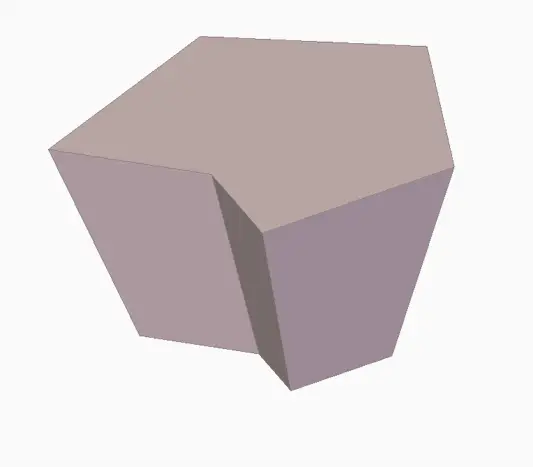
Revolution
Another of the most basic operations in any CAD program is revolution. Revolution generates a volume by rotating a closed surface around an axis.
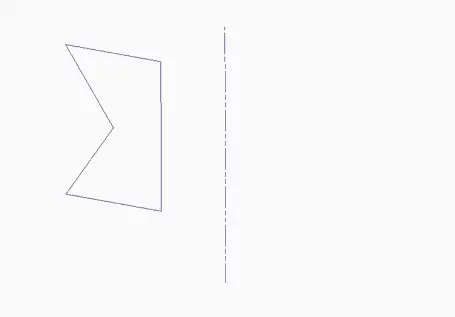
The rotation can be complete (360º) or with an open angle, in which case the generating surface forms a “cap” at both ends of the volume.
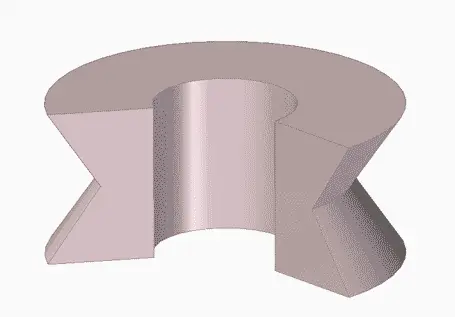
Revolution is an indispensable operation in the very common case of having to work with revolution shapes as axes.
Sweep
The sweep operation is one of the most powerful available in CAD software. In fact, extrusion and revolution are particular cases.
As its name suggests, the operation generates a volume by sweeping a closed shape along any path.
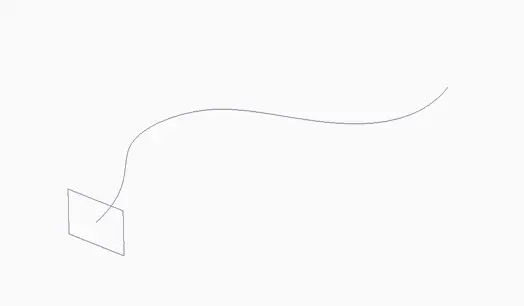
Among the typical options is how the shape’s orientation is maintained with respect to the curve. The most common options (variations exist) are for the shape to follow the tangent of the guide curve, or to maintain the original orientation.
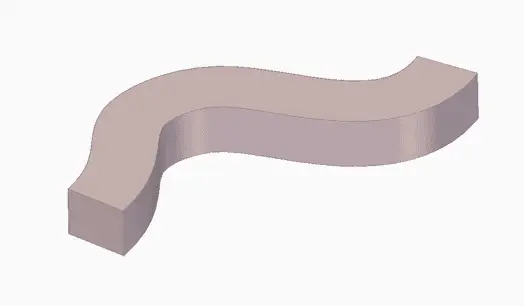
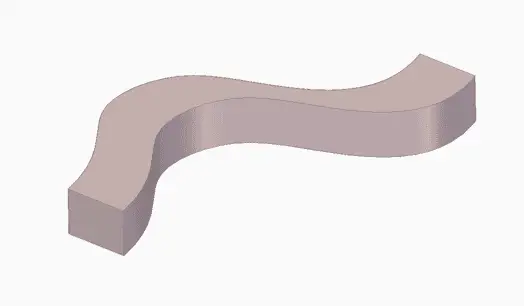
It is also often possible as an option to vary the rotation and/or the scale of the shape, along the path of the guide curve, generating a wide variety of shapes (helices, drills, “hairs,” etc).
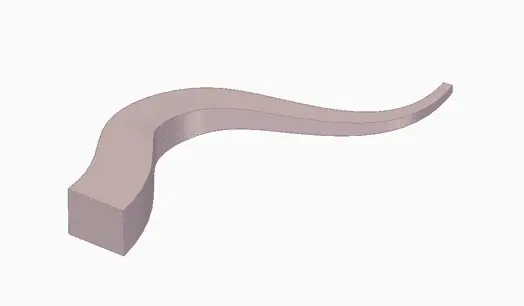
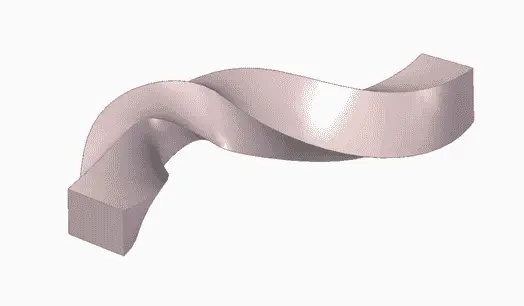
It is also possible to add more than one shape (profile) along the guide curve. In this case, the generated volume transitions between the different provided profiles.
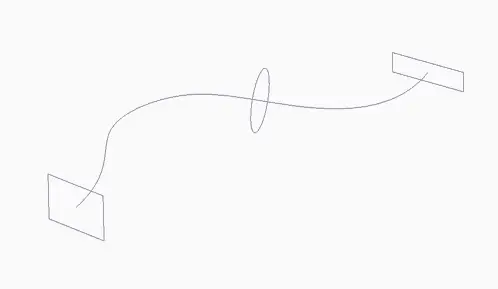
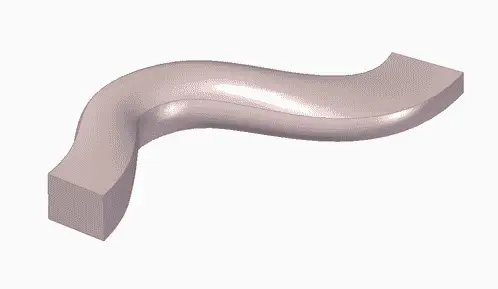
Loft
The loft operation is another of the “most powerful” operations for generating solids. It is generated by the transition between two or more closed shapes (profiles).
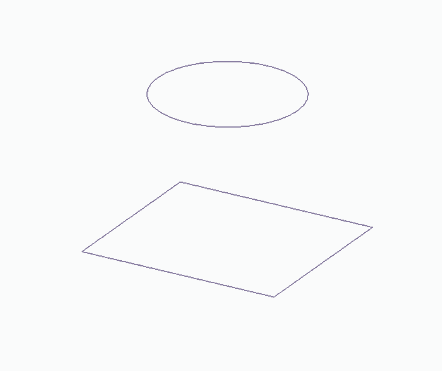
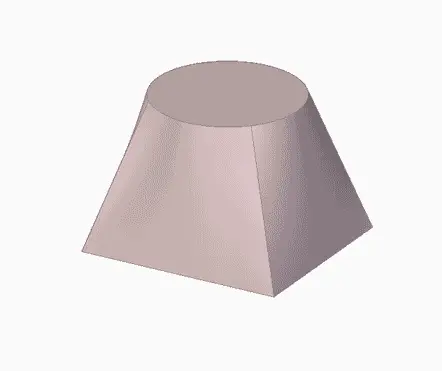
As we mentioned earlier, it is possible to specify more than two profiles. In this case, the generated solid makes the transition between the indicated shapes.
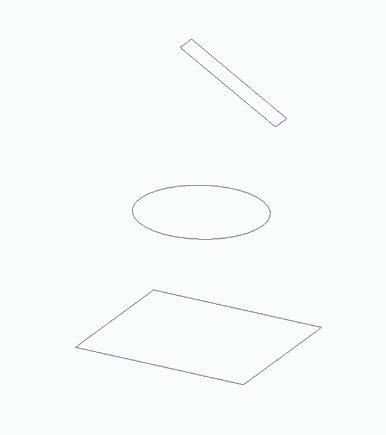
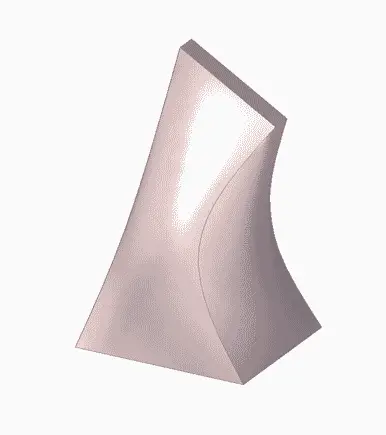
Finally, it is possible to add one or more rails to add more detail in the transition between the profiles.
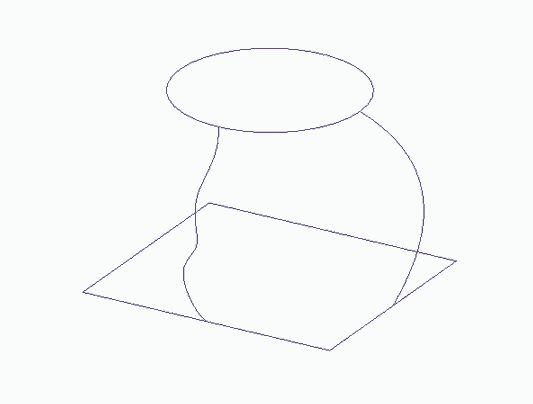
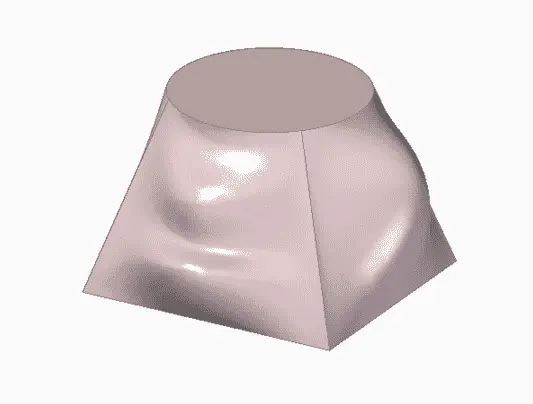
Draft
Drafting a face is a very simple operation that, as its name suggests, rotates the indicated faces with respect to another.
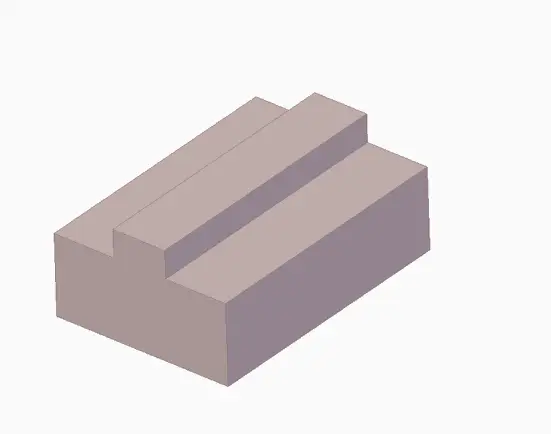
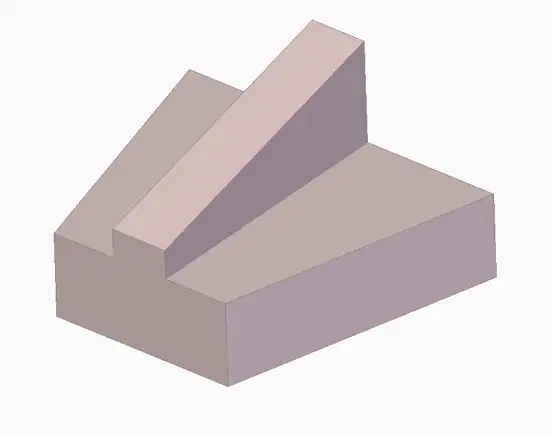
Usually, the operation of drafting faces is associated with mold making, where it is necessary to fabricate an angle to facilitate the parting of the piece.
Therefore, it is sometimes forgotten, but it can make our lives easier whenever we have to work with parts with inclined faces.
Thickening
Thickening is another of the often forgotten operations in CAD software. Its operation is simple, and consists of removing one or several faces from a solid, giving thickness to the remaining ones.
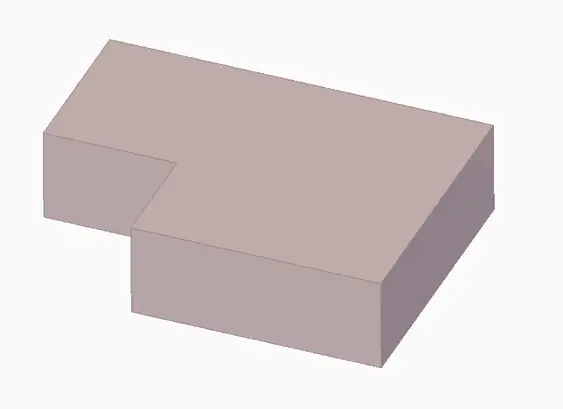
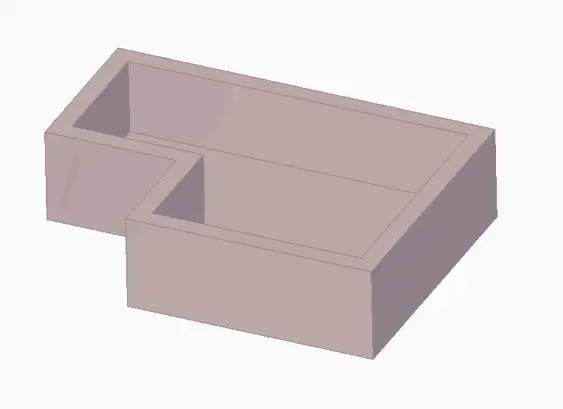
The thickening operation is normally associated with the creation of “boxes” or shells. However, as in the case of drafting faces, remember that it is not only useful for that, and it is a good way to quickly draw relatively “simple” shapes, avoiding a large number of 2D sketches.
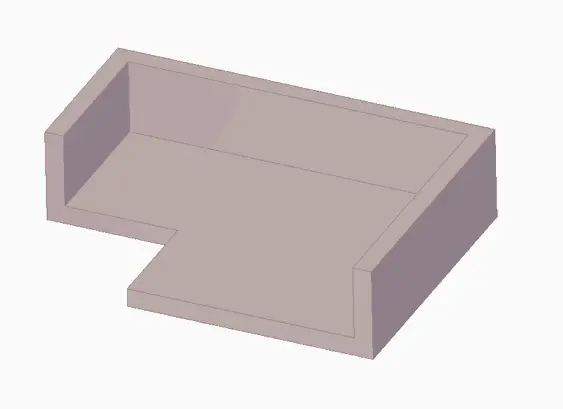
In particular, it is a good tool to easily draw even simple shapes like ‘Ls’ and ‘Us’. It also makes it easier to modify them later because we only have to modify the original solid, instead of having to deal with a bunch of 2D curves.
Rounding
The rounding operation is one of the most common in any CAD software. As its name indicates, it is to convert one or more edges into a round.
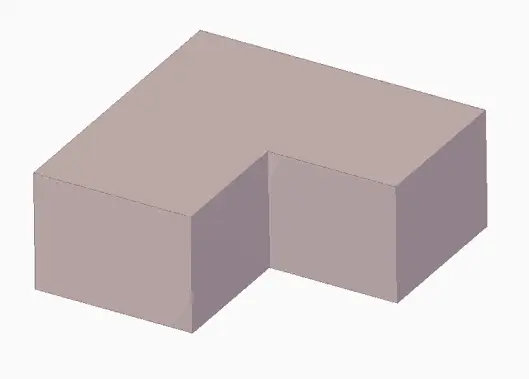
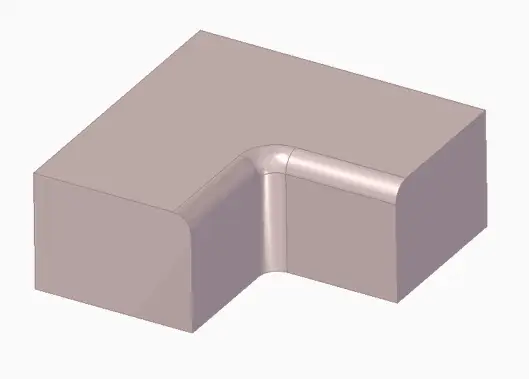
Among the usual options is the treatment of corners and points where several edges converge, or the behavior with neighboring faces and roundings.
In more advanced versions, the rounding function allows varying the radius at different points of the edge, and the generated surface adapts.
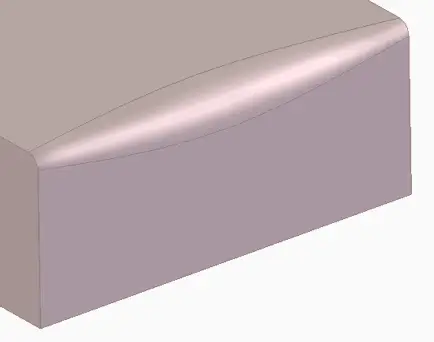
The rounding function is a quick way to make our models look much more “visually appealing and complex”. For this reason, it is sometimes overused in tutorials and examples.
Nevertheless, in real life, it is an almost indispensable function. It allows for eliminating stress concentrators and facilitating part manufacturing. However, in many cases, the rounding function will be performed at the end of the design process.
Chamfer
The “sister” function of rounding, adding a chamfer to an edge. The options and functionalities are similar to those available for roundings.
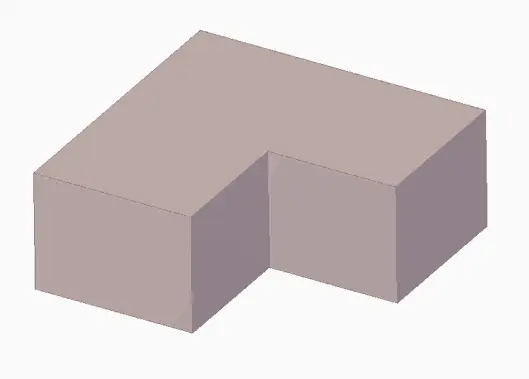
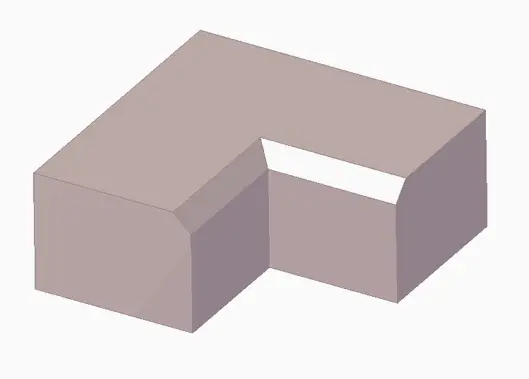
The chamfer function is useful not only for killing edges but also for generating countersinks, designing couplings between parts, working with ribs, and eliminating stress concentrators.
Mirror
The symmetry operation allows making “mirror” copies of parts of a piece, operations, or entire pieces.
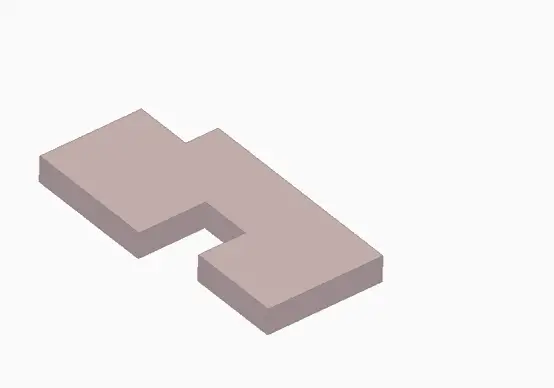
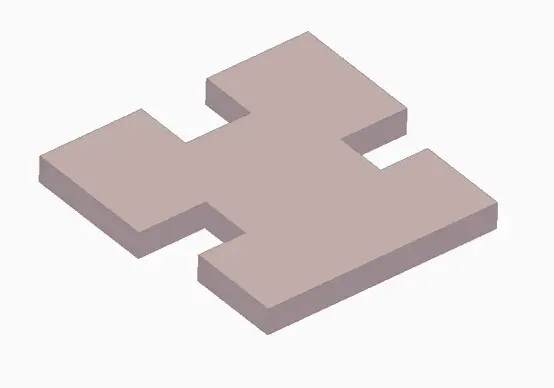
Many of the objects we work with have symmetry planes. The symmetry operation allows us to avoid a lot of unnecessary work, drawing only a part of the piece instead of the whole thing.
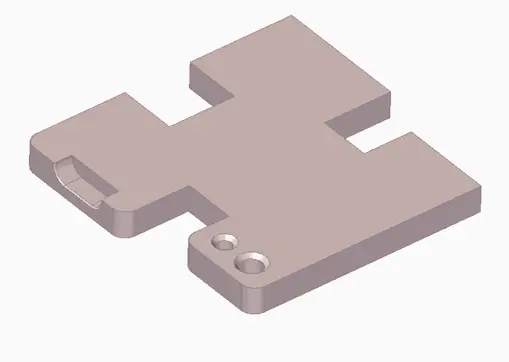
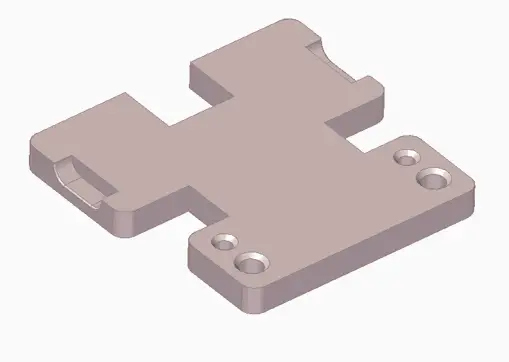
It also facilitates the modification and maintenance of our designs, and avoids errors such as moving a hole and leaving the symmetrical one elsewhere on the piece.
The generation of symmetries is an indispensable tool to avoid unnecessary work and facilitate the modification and maintenance of our designs.
Pattern
Another common operation in any CAD software, and essential to avoid repetitive work, is the ability to create repetitions (propagations, patterns…) of operations or parts of our piece.
These repetitions can be one-dimensional, either in a straight line or along a guide curve.
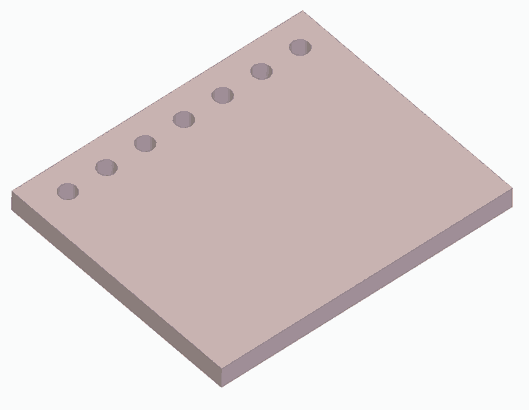
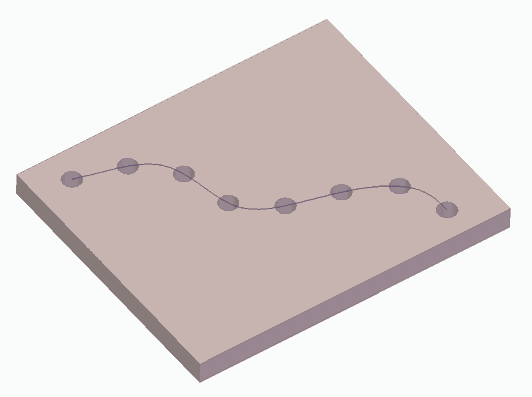
Two-dimensional operations are also frequent, such as rectangular patterns (only the outline, or filled).
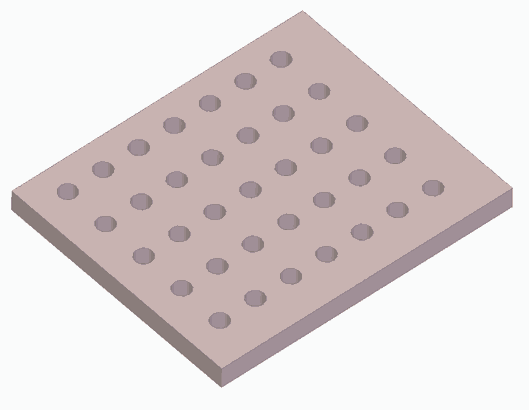
Finally, circular patterns are also common, whether reorienting the operation or keeping it fixed.
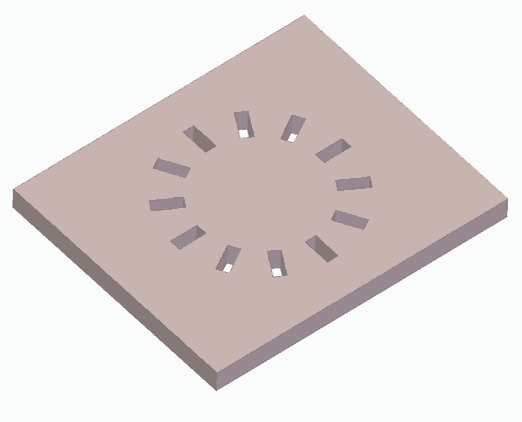
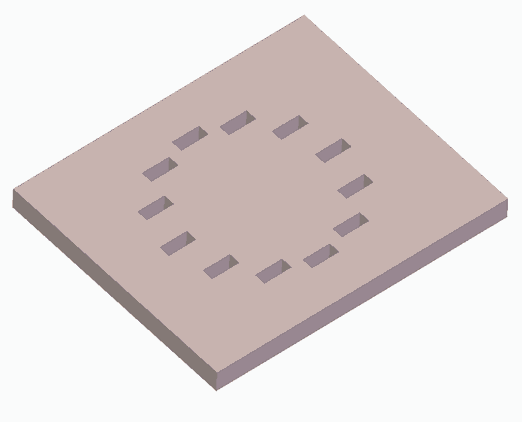
These are the most common cases of repetitions, although some software may offer additional patterns. The option to exclude one or more copies of the propagation is also common.
Conclusion
We have seen the CAD operations available that are common to most software. Although some software may not have all of them implemented or have them with more limited options.
Knowing the operations is essential to be able to tackle a 3D design. Before starting to draw, it is convenient (rather, necessary) to analyze the geometry and imagine which is the quickest and most efficient way to draw it.
On the other hand, my particular advice is that in the design process you switch to 3D as soon as possible reducing the amount of 2D sketches and shapes you have to draw. In the long run, you will save work, errors, and your designs will be easier to maintain and modify.
Likewise, logically, use the simplest operation that fulfills your purpose. That is, if you can use an extrusion instead of a sweep, and it is not foreseeable that you will need it in the future, take the simplest one (KISS philosophy, “Keep It Simple”)
Of course, analyze the option to use symmetries and patterns to be more efficient. And remember that certain tools, such as thickening or drafting, are often forgotten and can save us work.
As a final piece of advice, it is convenient that, at least once, you spend some time drawing each of these operations in the software you usually use. This way, you will lose the “fear” of using them when you need them.
And that’s all regarding 3D generalities. In the rest of the section, we will “assume” that you already know how to draw (congratulations?), so we move on to aspects specific to the printing process and 3D design for 3D printing. See you soon!
